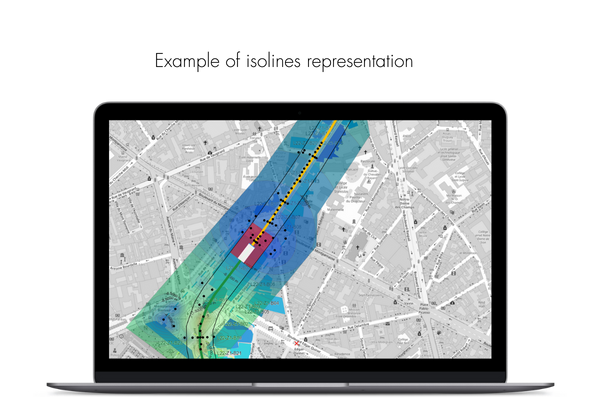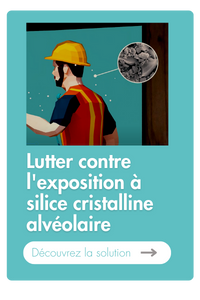
Structural and geotechnical monitoring of a 6 km machine-bored tunnel excavation
Project
Our structural monitoring system was applied to a 6 km-long section between Saint-Lazare and La Défense.
The worksite was jointly managed by Razel Bec, Eiffage, and Bouygues TP.


Challenges
For this section of the subway, a tunnel boring machine (TBM) was employed. In such a densely populated urban area, this method requires a clear understanding of the impact the work might have on surroundings, both above-ground and underground.
Several concerns further complicated the project and needed to be considered:
- The departure shaft was located under La Défense and required connection to the existing system;
- Running under the river Seine and through a complex geological environment required the implementation of an observational method;
- Monitoring dense urban areas with unique characteristics, such as Porte Maillot, historic monuments, Place de l’Étoile, Haussmannian architecture in cut stone, and more.
The context of this project highlighted two major issues:
- Navigating risks and maintaining coherence between impacts, technical reports, and the structures involved.
- The tunnel boring machine driver required reliable data to adjust digging parameters and improve productivity.
Start of the project: 2019
Solution
Thanks to a set of instruments chosen and deployed by our team (including theodolite, clinometer, crackmeter, and extensometer), our software platform gathered and analysed measurements, before presenting them in a comprehensible form. Our tool was used by the TBM driver to monitor compaction at the axis. Compression isolines were displayed on the online GIS and updated in real time.
Our tool successfully monitored 6 km of tunnel—surfaces, subsoil, and specific structures.
To cover such a large-scale project, we set up 70 automated theodolite positions with and without reflectors, carried out over 700 direct levelling operations—the measurements of which were immediately available on our platform—and fitted 20 voussoirs with strain gauges and temperature monitoring.
Structural monitoring also required the use of clinometers, bi-axial elevators, 1D crackmeters, and vibration tracking.

Regarding geotechnical monitoring, the instruments used were:
- Extensometers
- Inclinometers
- Interstitial pressure cells
Our product was used by the TBM driver to monitor the compaction at the axis, using simple representations such as compression isolines updated in real time.
Want to learn more ?
Whether you want to ask a question about our products or simply exchange on the subject, do not hesitate to get in touch with our teams








